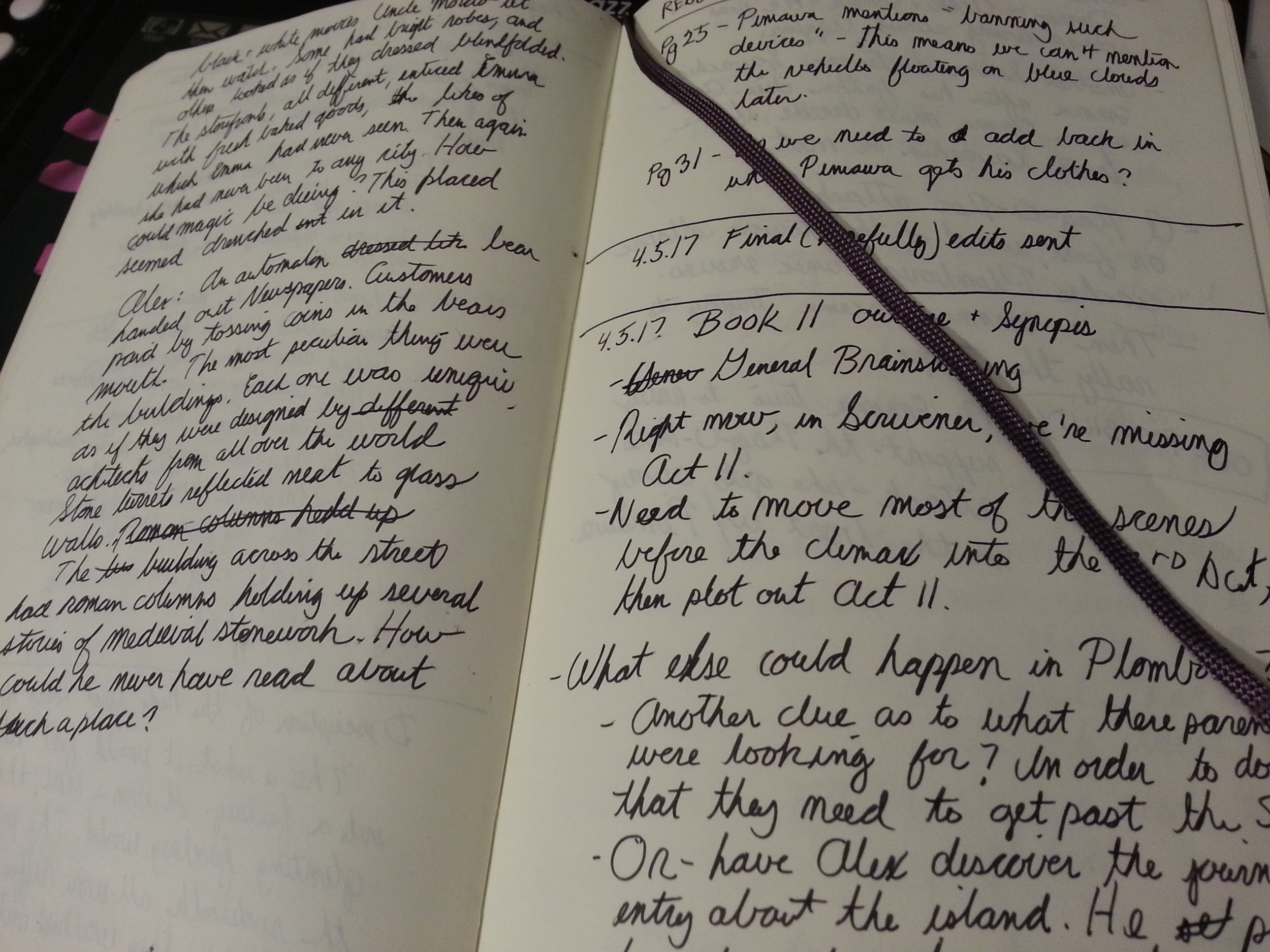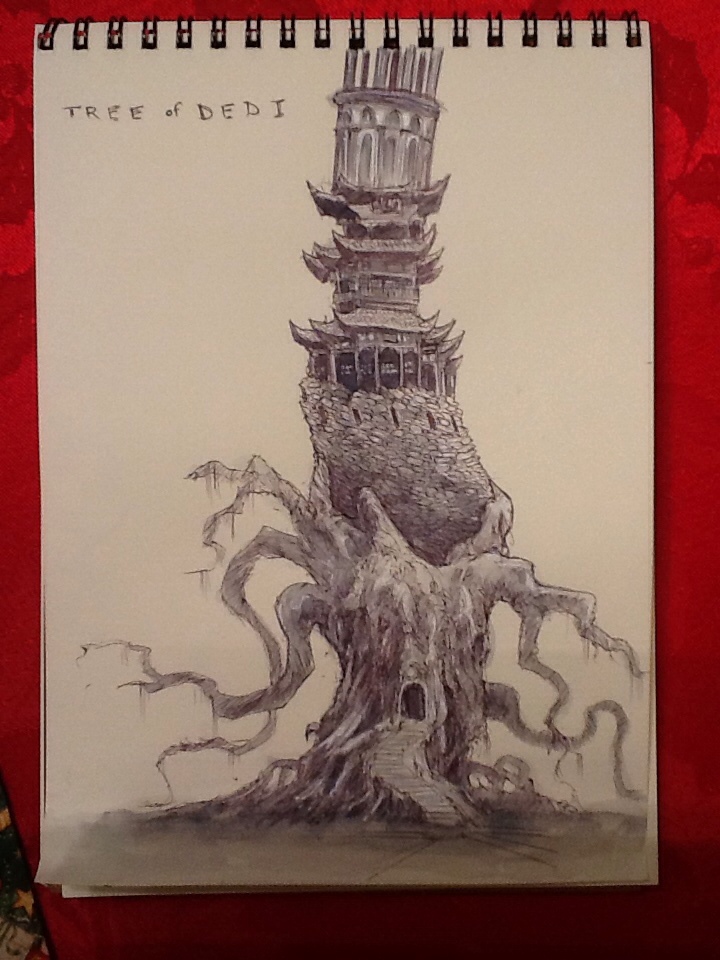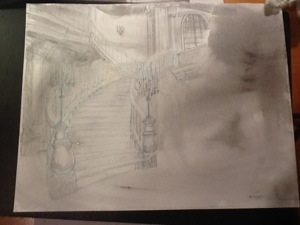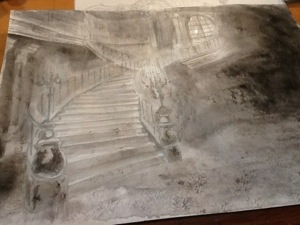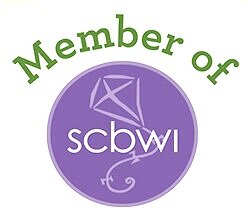Opening to “The Conjurers” book three done in graphic novel style.
Usually book covers are my favorite thing to create. However, The Conjurers series has given me the chance to mix in my other favorite medium, sequential art, into writing children’s books. Obviously I’m biased, but I believe all books should be illustrated, not just middle grade series. While drawings are used to engage and enthrall young readers, It would be super cool to see Brad Thor’s next thriller brimming with Frank Miller style art. Just saying.
Now back to how to illustrate books for kids. Books can be illustrated in a variety of ways, from hand-drawn pictures to digital drawings. They should always be relevant to children's interests and needs.
Illustration is an important part of the book publishing process. When publishers are considering new books, they look at whether the illustrator has a style that is appropriate for the book's goals. If they like the artist's style, they may ask them to read the manuscript to get a sense of whether their art will work with it.
The illustrations in children’s books should be designed for young readers and give them a sense of what the story will be about or what some of its key events might be. The animals, people and environments in children’s books should have features that are immediately recognizable to their intended audience.
The illustrations in children’s books have a lasting impact on the imagination of young readers. They can recognize features of people and objects that they see frequently in their day-to-day lives.
The Basic Steps of Book Illustration
The process of book illustration is a highly creative process. It involves a variety of steps. The artist has to think of the story and then illustrate the text on paper. Depending on the complexity of the text, it might take from one to three months for an illustrator to complete a single picture book.
Book illustrations are usually created with pencil, ink, acrylic paints or sometimes just with crayons and watercolors. The illustrator needs to be very creative in their work and come up with countless ideas that will encourage children to read books and learn unfamiliar words while they enjoy themselves at the same time.
There are many methods that illustrators can use in order to create their artwork for books. One such method is direct drawing, which is where an illustrator draws directly on paper and then inks over the drawing to create a clean line.
Direct drawing is a graphic process in which an illustrator draws directly on paper and then inks over the drawing to create a clean line. The artist can produce work of any size, from small sketches to large murals.
Over the years, I’ve transitioned from direct drawing to digital. While my preference will always remain pen and ink, digital art has a ton of advantages. The biggest advantage is time. A double page spread for “The Conjurers” would take me a day or two drawing with pencils and pens. Working in Clip Studio Paint, I can create the same illustration in a few hours.
Let me make one point clear, digital drawing software does not do the work for you. It is not “easier” from a skills perspective. The same drawing fundamentals still apply and you must continue to work at mastering those skills. Digital software only saves you time and ink stains on your hands.
Book Illustration Tips for Authors
Successful authors understand the importance of illustrations. Authors can use images to introduce a character, describe an emotion, or to emphasize a point. Authors should have their illustrators create sketches before they write the story in order to make sure that there is no confusion or miscommunication.
The illustrator's job is not simply creating a cover for an author's book. They are just as much of an author as the person who writes the words on paper. The way they did a lot of books in the past was to select a moment in the text and illustrate it. It’s called “spot illustrations”.
I like to use the illustrations as an extension of the storytelling. This means things I show in the drawings are the story, not a repeat of what’s in the text. The hard part is making this seamless in the reader's mind.
Let’s finish up with a couple quick tips on getting started illustrating kid’s books. These apply to picture books to young adult novels.
1. Create a Storyboard
A storyboard is a blueprint for what you are going to create. There are a lot of ways to go about creating one - but there are some fundamentals that should be at the forefront of your mind when you're creating one. The purpose of a storyboard is to illustrate what is going on in the story.
Picture books rely heavily on storyboarding, as that’s what picture books are. Every word and drawing counts. Now for middle grade books like “The Conjurers”, the storyboarding process is a bit more involved. As I wrote the books I was deciding what would be text and what I would illustrate.
As you can see in the image above, I opened book three with sequential art and no words. I love taking a cinematic approach to storytelling. And considering the book opens with a lot of action, why not pull the reader in using art?
2. Make sure you know your audience
It’s essential to know who you’re targeting with any piece of content. Targeting the wrong audience will not only result in low engagement, but it will also be a waste of time for both the content creator and their target audience.
There are tons of books and articles on how to find your target audience. And you certainly should do the research. Let’s keep it simple today. If you’re starting out as an illustrator or author, do this: write and draw your story for one person. That could be a brother or sister, niece or nephew. Or you could invent the person.
My son was in middle school when I started writing “The Conjurers”. So I kept him in mind when creating the characters and mapping out the plot. I would consider his concerns and worries. What was he into? What things upset him? What made him happy or sad?
Hope these short tips are helpful. Let me know what you think and send along questions or topics you’d like me to cover in the next post. Till then, cheers!

















